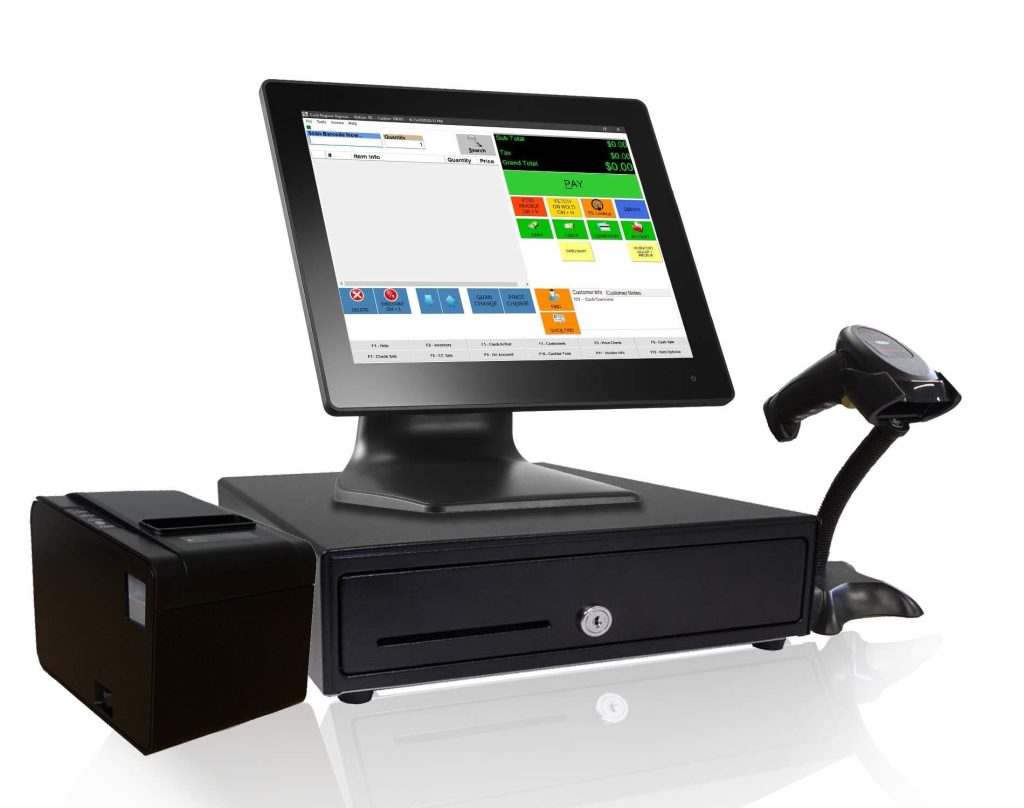
In today’s fast-paced business landscape, staying ahead of the competition requires innovative solutions that enhance customer experience, streamline operations, and increase revenue. One technology that has revolutionized the way businesses operate is the mobile point of sale (POS) system. In this extensive guide, we’ll explore the world of mobile POS systems, their benefits, features, and practical tips for implementation.
Introduction to Mobile POS Systems
A mobile POS system is a portable, handheld device that enables businesses to process transactions, manage inventory, and track sales from anywhere. These systems are designed to be user-friendly,efficient,and secure,making them an ideal solution for businesses of all sizes. With a mobile POS system,you can:
Process payments on the go
Manage inventory and track stock levels
Access real-time sales data and analytics
Enhance customer experience with personalized service
Reduce wait times and increase efficiency
Benefits of Mobile POS Systems
The benefits of mobile POS systems are numerous,and they can have a significant impact on your business. Some of the key advantages include:
Increased mobility: Take your business to your customers, whether it’s at a pop-up store, event, or trade show.
Improved customer experience: Provide fast, efficient, and personalized service to enhance customer satisfaction.
Streamlined operations: Simplify inventory management, sales tracking, and employee management with a single, integrated system.
Cost savings: Reduce the need for conventional POS hardware and minimize credit card processing fees.
Real-time analytics: Access instant insights into sales, inventory, and customer behavior to inform business decisions.
Key features of Mobile POS Systems
When selecting a mobile POS system, consider the following key features:
Payment processing: Look for a system that supports multiple payment types, including credit cards, debit cards, and mobile payments.
Inventory management: Choose a system that allows you to track inventory levels, manage stock, and receive low-stock alerts.
Sales tracking: Opt for a system that provides real-time sales data, including sales reports, customer insights, and analytics.
Employee management: Consider a system that enables you to manage employee schedules, track hours, and monitor performance.
Security: Ensure the system is secure, with features like encryption, tokenization, and PCI compliance.
| Feature | Description |
|---|---|
| Payment Processing | Supports multiple payment types, including credit cards, debit cards, and mobile payments |
| Inventory Management | Tracks inventory levels, manages stock, and receives low-stock alerts |
| Sales Tracking | Provides real-time sales data, including sales reports, customer insights, and analytics |
| employee management | Manages employee schedules, tracks hours, and monitors performance |
| Security | Ensures security with features like encryption, tokenization, and PCI compliance |
Practical Tips for Implementing a Mobile POS System
To get the most out of your mobile POS system, follow these practical tips:
Train your staff: Ensure all employees are familiar with the system and its features.
Configure your system: Set up your system to meet your business needs, including payment processing, inventory management, and sales tracking.
Test your system: Test your system before launch to ensure it’s working correctly and efficiently.
Monitor and adjust: Continuously monitor your system’s performance and make adjustments as needed.
Provide support: Offer ongoing support to your staff to ensure they’re getting the most out of the system.
Case Studies: Real-World Examples of Mobile POS Success
several businesses have successfully implemented mobile POS systems to enhance their operations and customer experience.Here are a few examples:
Retail: A fashion retailer used a mobile POS system to process sales and manage inventory during a pop-up event, resulting in a 25% increase in sales.
Restaurant: A restaurant implemented a mobile POS system to streamline table service, reducing wait times by 30% and increasing customer satisfaction.
* Event: An event management company used a mobile POS system to process ticket sales and track attendance, resulting in a 50% increase in ticket sales.
First-Hand Experience: Implementing a Mobile POS System
We spoke with a business owner who recently implemented a mobile POS system in their retail store. Here’s what they had to say:
“We were blown away by the ease of use and versatility of the mobile POS system.We were able to process sales and manage inventory on the go, which was a game-changer for our business. The system was easy to set up and configure, and the support team was always available to answer our questions. We’ve seen a significant increase in sales and customer satisfaction since implementing the system,and we couldn’t be happier with the results.”
Conclusion
Mobile POS systems are revolutionizing the way businesses operate, providing a range of benefits, including increased mobility, improved customer experience, and streamlined operations. By understanding the key features and benefits of mobile POS systems, businesses can make informed decisions about implementing this technology. With practical tips, case studies, and first-hand experience, this guide provides a comprehensive overview of mobile POS systems and their potential to transform your business. Whether you’re a small business owner or a large enterprise, a mobile POS system can help you stay ahead of the competition and achieve your business goals.



